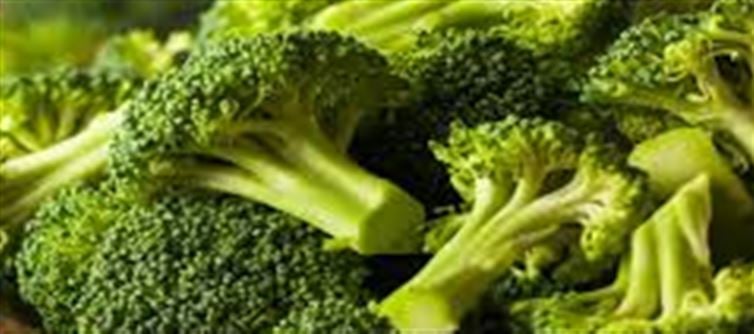
In a quiet village near Lucknow, women sit beneath a banyan tree, trading stories of their grandmothers’ kitchens. One remembers a bowl of ragi porridge that cooled summer fatigue, another laughs about sneaking hot jowar rotis slathered with ghee. These memories aren’t just nostalgia—they reflect India’s deep-rooted nutrition system, one that modern diets can still learn from.
Here are some timeless lessons from India’s food heritage:
1. millets for Strength and Stamina
Long before quinoa became a global trend, indian kitchens were rich in ragi, jowar, bajra, and foxtail millet.
· Packed with fiber, iron, and calcium, millets regulate blood sugar and keep you full longer.
· Modern revival: With 2023 declared the International Year of Millets, urban households are rediscovering their value through millet cookies, dosas, and even pasta.
2. Seasonal Eating, local Sourcing
Our grandparents didn’t obsess over “superfoods”—they ate what the season offered. Mangoes in summer, mustard greens in winter, cucumbers in monsoon.
· Seasonal foods ensured maximum nutrition and immunity.
· Lesson for today: Instead of imported broccoli or avocados, opt for local drumsticks, spinach, or amla—equally powerful and far more sustainable.
3. Fermented Foods for Gut Health
From idli and dosa batters in the South to kanji in the North, fermentation has been a staple technique.
· Benefits: Improves digestion, boosts gut bacteria, and enhances nutrient absorption.
· Modern link: As probiotics trend worldwide, India’s age-old recipes show we already had natural solutions on our plates.
4. ghee and Oils in Moderation
Despite modern diet fears, traditional indian meals always included a spoon of ghee or cold-pressed oils.
· ghee provided healthy fats, fat-soluble vitamins, and energy.
· The secret was balance—meals were home-cooked, portion-controlled, and combined with physical activity.
5. Spices as Medicine
Every spice box doubled as a medicine kit. Turmeric for healing, cumin for digestion, ginger for colds, fennel for cooling.
· These spices enhanced flavor while naturally strengthening immunity.
· Today, science validates what our elders always knew—spices are nature’s functional foods.
6. Community and Mindful Eating
Food wasn’t just fuel—it was shared, savored, and respected. Eating together reinforced bonds, while mindful meals improved digestion and mental health.
Bottom Line: India’s traditional nutrition system, from ragi to broccoli, is not about exclusion but balance—seasonal, local, and mindful eating that sustained generations. In an age of fad diets, perhaps the best health advice is hidden in our grandmother’s thali.
Disclaimer:
The views and opinions expressed in this article are those of the author and do not necessarily reflect the official policy or position of any agency, organization, employer, or company. All information provided is for general informational purposes only. While every effort has been made to ensure accuracy, we make no representations or warranties of any kind, express or implied, about the completeness, reliability, or suitability of the information contained herein. Readers are advised to verify facts and seek professional advice where necessary. Any reliance placed on such information is strictly at the reader’s own risk..jpg)




 click and follow Indiaherald WhatsApp channel
click and follow Indiaherald WhatsApp channel